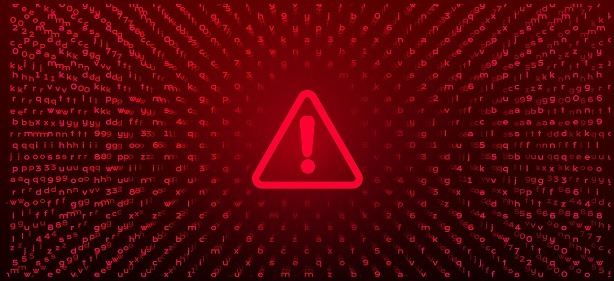People with lateralized focal epilepsies associated with unilateral lesions have a greater degree of facial asymmetry compared with generalized epilepsy cases and people without epilepsy, according to a study published in Brain Communications.
In this case-control study, researchers assessed facial differences between 378 cases and 205 healthy controls, with data available for 234 cases. Three-dimensional stereophotogrammetry and dense surface models were used to analyze facial asymmetry in people with epilepsy, and neuroimaging data were used to discern any links between face and brain asymmetry.
According to the results, cases of focal symptomatic epilepsy associated with unilateral lesions had more facial asymmetry compared to controls (P=0.0001, two-sample t-test), which was confirmed by linear regression analysis after controlling for age and gender. “We propose that the greater facial asymmetry in cases with focal epilepsy caused by unilateral abnormality might be explained by early unilateral network disruption, and that this is independent of underlying brain asymmetry,” the researchers wrote.
They concluded that “three-dimensional stereophotogrammetry and dense surface modelling are a novel powerful phenotyping tool in epilepsy that may permit greater understanding of pathophysiology in epilepsy and generate further insights into the development of cerebral networks underlying epilepsy, and the genetics of facial and neural development.”
Link: https://pubmed.ncbi.nlm.nih.gov/34222868/
Keywords: brain asymmetry, dense surface modelling, facial asymmetry, focal epilepsy, networks









